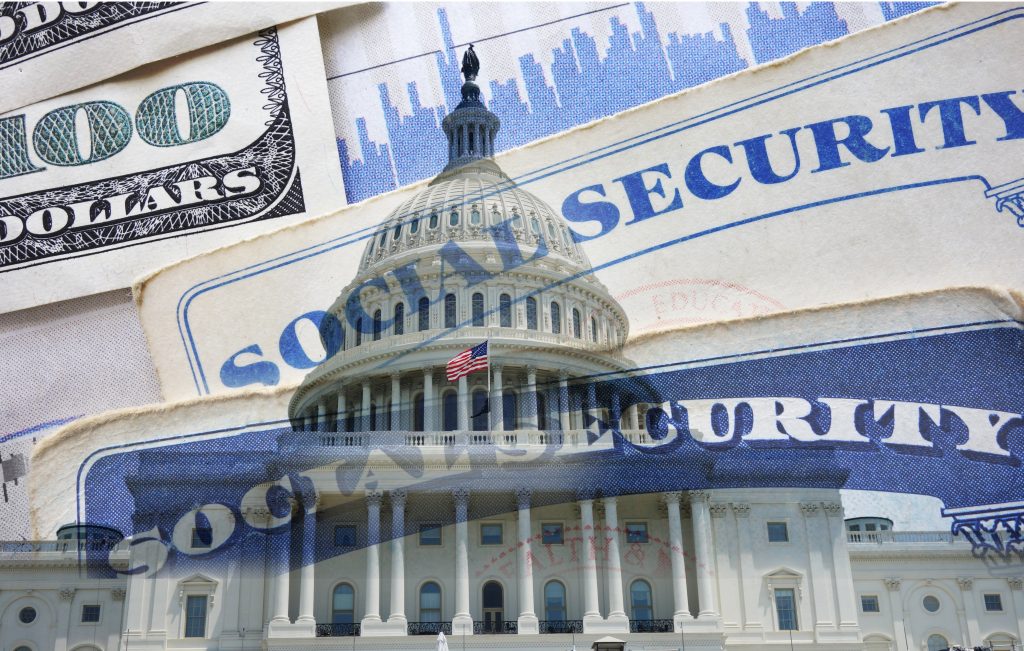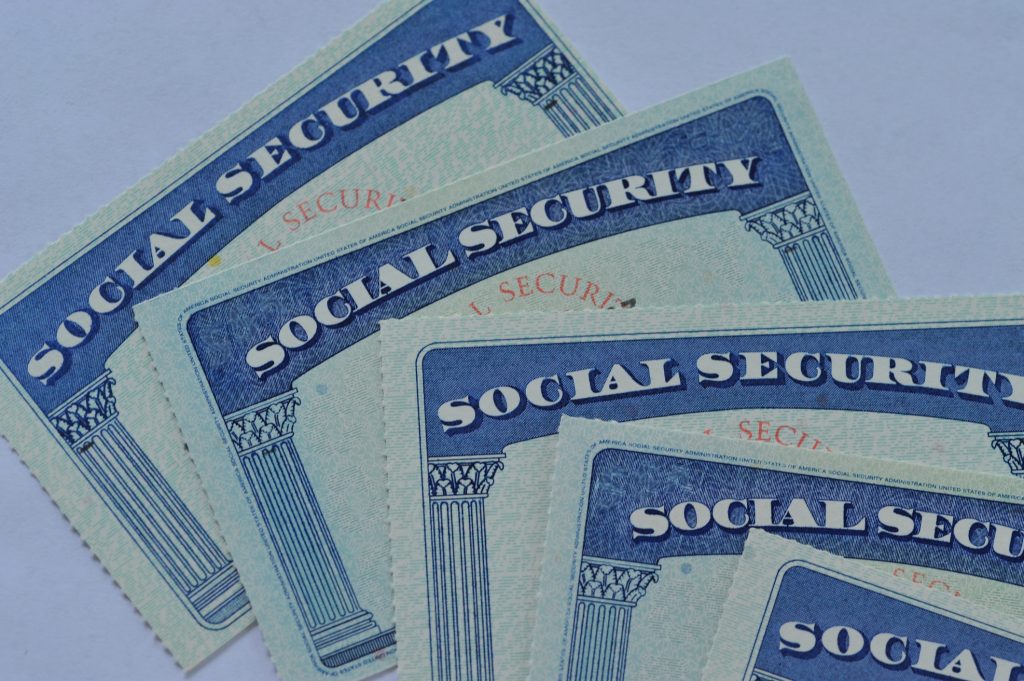It’s a pretty common thing for people to see their living costs drop in retirement. By the time that stage of life rolls around, you may no longer have a mortgage to pay off. And you may be able to downsize from a two-car household to a single car if you no longer have to report to work every day.
But while many of your expenses might go down once you retire, there’s one specific cost that’s likely to go up. And if you don’t prepare for it, it could really throw your finances for a loop.
Where to invest $1,000 right now? Our analyst team just revealed what they believe are the 10 best stocks to buy right now. Continue »

Image source: Getty Images.
Do you know what healthcare in retirement might cost you?
The amount of money you have to spend on healthcare throughout retirement will depend on a number of factors — where you live, the conditions you have, and the number of years you end up living. But it may help — or shock — you to learn that Fidelity puts average healthcare costs in retirement at $165,000 for a 65-year-old retiring in 2024.
The bad news, though, is that healthcare costs tend to increase over time. So if you’re not retiring, till, say, 2034, you may be looking at an even higher number.
And the worst part? There may not be all that much you can do to keep your costs down.
This isn’t to say you can’t do anything. Taking care of your health could help you avoid more complex and costly issues. And choosing the right Medicare coverage could reduce your costs to some degree.
But at the end of the day, healthcare is an expense that’s pretty non-negotiable. If your provider says you need a test or procedure, saying no because of the cost may not be an option. So it’s important to plan for healthcare spending so you don’t deplete your retirement savings in the course of addressing your medical needs.
A good way to plan for future healthcare expenses
Padding your 401(k) or IRA is a good way to cover your healthcare costs down the line. But it could help to have a dedicated account earmarked for medical spending in retirement. That’s where HSAs, or health savings accounts, come in.
With an HSA, you get a tax break on funds you contribute to your account, and money you don’t use right away can be invested tax-free. HSA withdrawals are also tax-free as long as they’re used for qualifying healthcare expenses.
The upside of bringing an HSA into retirement is that you’ll have a means of paying for healthcare without having to raid your general savings. An HSA could also make your life less stressful in case you end up stuck with a single giant medical bill and you’re worried about taking a larger IRA or 401(k) withdrawal than what you initially planned for.
This year, for example, Medicare Part A enrollees who wind up admitted for hospital care face an inpatient deductible of $1,676 for their first 60 days . Beyond that, there’s a daily coinsurance rate of $419 or more, depending on length of stay.
A Medigap plan could help defray those costs. But an HSA could also help you cover whatever portion you’re financially responsible for.
Of course, it’s not a given that you’ll be eligible for an HSA, since your health insurance plan has to be compatible. But if you do qualify, it’s a good option to consider so you’re able to potentially reduce the stress of paying for healthcare later in life.
The $22,924 Social Security bonus most retirees completely overlook
If you’re like most Americans, you’re a few years (or more) behind on your retirement savings. But a handful of little-known “Social Security secrets” could help ensure a boost in your retirement income.
One easy trick could pay you as much as $22,924 more… each year! Once you learn how to maximize your Social Security benefits, we think you could retire confidently with the peace of mind we’re all after. Join Stock Advisor to learn more about these strategies.
View the “Social Security secrets” »
The Motley Fool has a disclosure policy.
 benzinga.com
benzinga.com fool.com
fool.com



